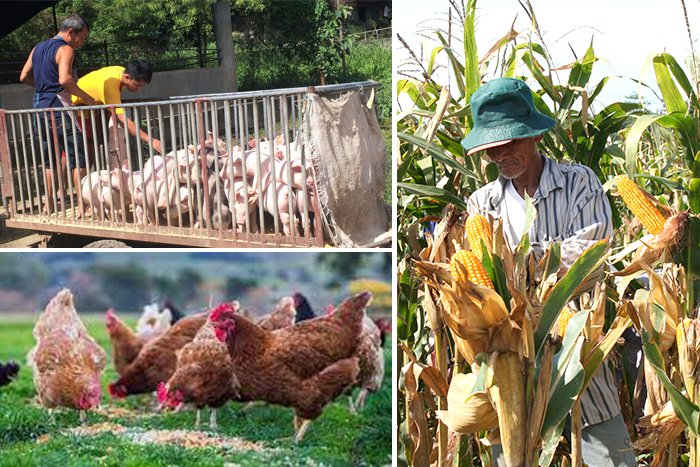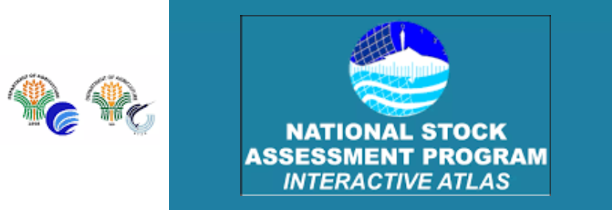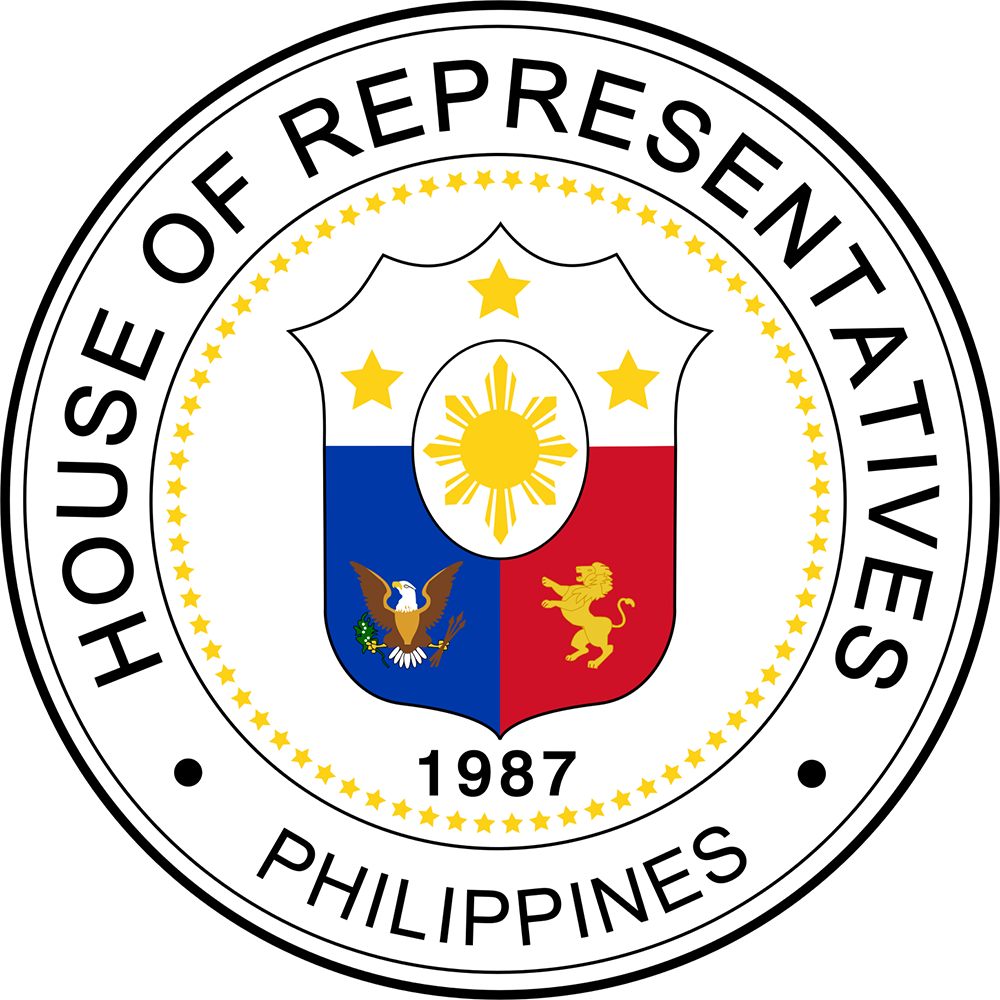
(Second of seven parts)
The Department of Agriculture – in partnership with farmers’ cooperatives and associations (FCAs), local government units (LGUs), and key industry players – is bent on enhancing the production of corn, the country’s second main staple and more importantly as an integral part of the meat value chain or food system.
Much is yet to be done, however, as the country’s sufficiency level, particularly of yellow corn, currently stands at only 59 percent (%).
In 2021, total production is projected to reach 8.24 million metric tons (mmt), of which 72 percent (%) or 5.92 mmt is yellow corn (YC), mainly for animal feed, and the rest (2.32 mmt or 28%) is white corn, which serves as staple (in Central Visayas and some parts in Mindanao) and snacks, according to DA National Corn Program (NCP) Director Milo delos Reyes.
Feed millers and commercial enterprises import the additional YC and other ingredients, like feed wheat and soybean meal from other countries.
The 2021 projected output is 1.5% more than in 2020, at 8.12 mmt, said delos Reyes.
From its P1.52-billion budget in 2021, the DA-NCP undertook the following interventions:
- Procured and distributed 99 units of farm production machinery and equipment – such as tractors, combine harvesters and corn planters – to 57 clustered FCAs in corn and cassava production areas; and 257 units of postharvest-machinery and equipment and facilities — like corn mill, hammer mill, recirculating dryer, corn sheller, multi-crop drying pavement, and seed storage facilities – to 203 clustered FCAs;
- Installed 269 units of engine pump sets for open source and shallow tube wells to 251 FCAs, tilling a total of 1,035 hectares (ha);
- Conducted 322 trainings on production and postharvest technologies for 8,329 farmers and agricultural extension workers;
- Controlled fall armyworm (FAW) infestation, funded under Bayanihan II worth P100M, in 15,290 ha, benefitting 52,488 corn farmers; and
- Provided marketing assistance to 188 clustered corn and cassava FCAs, tilling a total of 54,789 ha nationwide. Two of which are between: Mantibugao Agrarian Reform Beneficiaries Farmers’ Cooperative (MARBC) in Bukidnon with Pilmico Foods Corp., where MARBC supplies Pilmico 500 mt/week; and Sto. Domingo Multi-Purpose Cooperative (SDMPC) in Cagayan, a cluster covering 1,000 ha area, and Cargill, where it provides SDMPC farm inputs, training on advanced farming technologies, and repair of existing warehouse and dryer. In both marketing agreements, Pilmico and Cargill will buy yellow corn from MARBC and SDMPC at a price higher than the prevailing market price.
Finally, the DA-NCP and the Yellow Corn Roadmap Development Team reviewed and finalized the National Yellow Corn Industry Roadmap, in consultation with corn and livestock industry stakeholders and the DA-PCAF national banner program committee on poultry, livestock and corn, on September 10 and October 26, 2021.
Controlling ASF, reviving hog and poultry industries
The Philippines was devastated by two pandemics in the last two years: the African Swine Fever (ASF), which was first reported in mid-2019, and the Covid-19 in March 2020.
The combined effect of these adverse events – which included the decimation of the local swine population and COVID-19 movement restrictions – has caused the slump in pork supply and the unprecedented increase of pork prices to as much as P400 per kg in 2021, said Dr. Reildrin Morales, director of the DA’s Bureau of Animal Industry.
The poultry sector was initially seen to compensate for the inadequate supply of pork in markets, but the closure of restaurants, processors and institutional buyers has drastically decreased the demand for poultry products.
This was further compounded by the global shipping crisis that gravely affected the transport of animals, animal products, feeds and feed ingredients, further affecting both industries, Morales said.
Poultry, which posted decreasing trend in the past couple of years due to loss of institutional buyers, is now slowly recovering as demand continues to pick up alongside the opening of the economy.
To address the ASF pandemic, the DA strongly pursued a twin program: Bantay ASF sa Barangay (BABay ASF), spearheaded by the Bureau of Animal Industry (BAI), and the Integrated National Swine Production Initiatives for Recovery and Expansion (INSPIRE) or hog repopulation/recovery program, implemented by the DA-National Livestock Program (NLP).
Under BABay ASF, technical assistance is provided to swine raisers on disease monitoring, surveillance, and control, in partnership with LGUs, swine raisers’ groups, the private sector, and professional veterinary associations.
Under BABay ASF, technical assistance is provided to swine raisers on disease monitoring, surveillance, and control, in partnership with LGUs, swine raisers’ groups, the private sector, and professional veterinary associations.
To date, six ASF-affected municipalities have upgraded their zoning status, allowing hog raising to resume and meat products to be transported or moved to more areas. These are: Kabayan, Benguet; Malvar, Batangas; Nasugbu, Batangas; Rosario, Batangas; San Jose, Batangas; and Taysan, Batangas.
More are expected to upgrade their status, as a result of efforts of the twin BABay ASF and INSPIRE program.
As of December 17, 2021, 599 previously ASF-infected Barangays have been “liberated” and thus are qualified to undergo calibrated hog repopulation.
The INSPIRE program also aims to restructure the backyard and breeder base industry, with four components, namely: calibrated repopulation, establishment of multiplier farms, enhanced insurance program, and facilitating access to credit facilities/loan programs.
The DA-BAI remains steadfast in its thrust to protect animal health, and provide stakeholders assistance, thus, ensure a resilient and sustainable livestock and poultry sector. Anchored on its mandates, the agency has efficiently fulfilled its regulatory, technical, and production support functions amid the challenges of ASF and the Covid-19 pandemic.
With the progress of ASF in other areas, disease investigation, surveillance, and monitoring activities were intensified with a total of 81 monitoring and surveillance activities conducted and 21,464 laboratory services rendered.
From January to September 2021, the DA-BAI has issued Certificates of ASF-Free Status to 10,639 areas.
ASF active cases as of December 9, 2021 were recorded in six regions (CAR, 2, 4A, 4B, 12, and Caraga), seven provinces (Ifugao, Isabela, Quezon, Marinduque, North Cotabato, Agusan Del Norte, and Surigao del Sur), 14 municipalities, and 46 barangays.
Since mid-2019, a total of 13 regions, 51 provinces, 653 cities/municipalities, and 3,497 barangays were affected.
Nevertheless, 1,028 cities/municipalities were reported as no ASF case areas, out of these, 514 have no case for at least 90 days, 76 have no case for at least 90-180 days, and 438 have no case beyond 180 days. Likewise, six municipalities were declared as quarantine-free areas.
To prevent, control and eradicate transboundary animal and zoonotic diseases, the DA-BAI has strengthened the animal and public health protection thru quarantine activities across all borders.
Strict quarantine measures were implemented and the import and export of animals and products were firmly regulated at 35 airports and 137 seaports nationwide. A “No permit, no travel/shipping policy” was also reinforced to secure the industry against threat of diseases. Similarly, 16 regional quarantine stations and 133 quarantine checkpoints were maintained.
The Bureau also issued a total of 87,705 quarantine permits and Sanitary and Phytosanitary (SPS) certificates for the importation of feeds, feed ingredients, veterinary drugs, and biologics, meat and meat products and by-products.
Meanwhile, the movement of local agricultural commodities was administered through the issuance of 908,574 permits.
Additionally, one of the Bureau’s goals is to uplift the lives of livestock farmers thru animal distribution, hence, aid to alleviate poverty in rural areas. Thus, it was able to distribute a total of 7,561 animals to 139 individuals and 52 farmers’ groups nationwide.
Philippine Carabao Center (PCC)
In compliance with the “OneDA Reform Agenda,” the Philippine Carabao Center (PCC) in 2021 undertook the following interventions:
- Provided marketing development services to at least 205 organized groups, selling a total of 4,756,873 kg of buffalo-derived products, worth P717.1 million;
- Lìnked 17 organized dairy farmers’ groups to the National Milk Feeding Program;
- Provided dairy buffaloes to three PCC regional centers, under the Enhanced Partnership Against Hunger and Poverty (EPAHP), totaling P2.85 million, at P950,000 each, namely: MMSU in Batac, Ilocos Norte; MLPC in Kalawit, Zamboanga Del Norte; and WVSU in Calinog, Iloilo;
- Provided 260,392 production services to 153,398 clients, including distribution of 107,242 semen straws for artificial insemination program, producing 24,000 calves (with improved genetics);
- Mainstreamed carabao’s meat as an enterprise through the “Kardeli” (Meat and Deli), launched on March 27, 2021;
- Strengthened partnership with LGU of Talavera, Nueva Ecija, for issuing an ordinance regulating the sale and slaughter of female carabaos;
- Established a “Dairy Box” outlet and milk processing plant in 11 provinces: Ilocos Sur, Bataan, Tarlac, Palawan, Antique, Misamis Oriental, Davao Oriental, Davao de Oro, Davao del Sur, North Cotabato, and South Cotabato;
- Provided a retort machine equipment to an agro-tourism facility in Cordon, Isabela (Hotel Amancio) in support of the national milk feeding program;
- Partnered with San Miguel Corporation (SMC) in the production of sterilized milk in cans for Dep-Ed’s national feeding program; and
- Trained 19,864 farmers, cooperatives, bakery owners, and other clients on dairy buffalo production and management, and Milkybun production. ### (DA StratComms)













